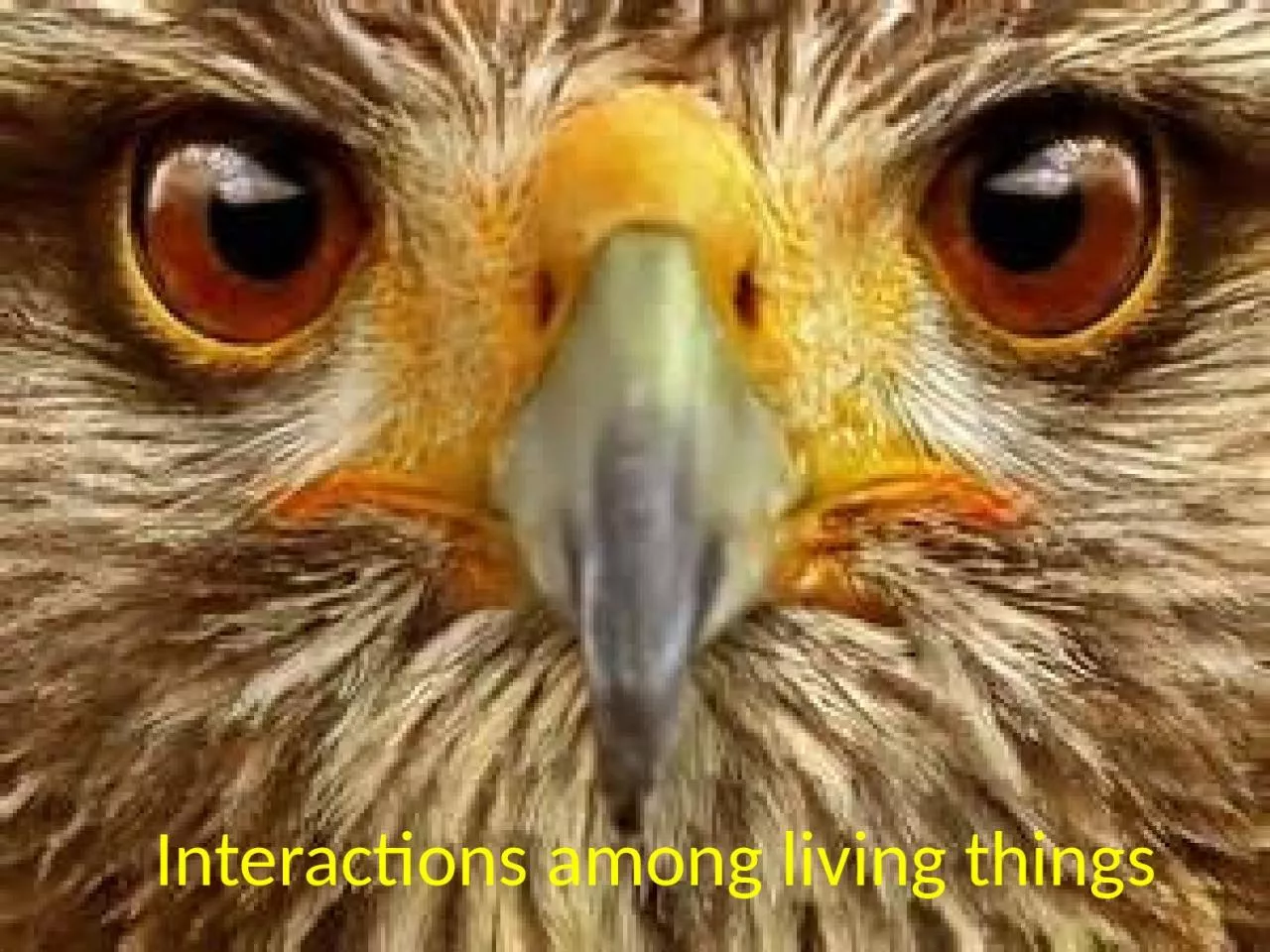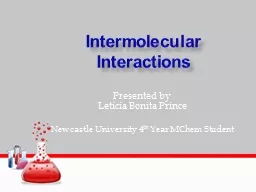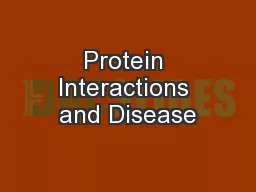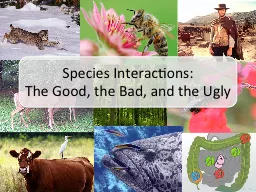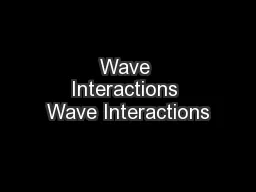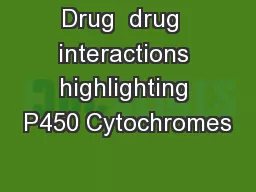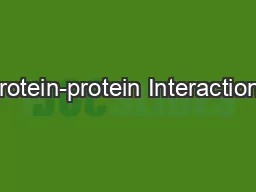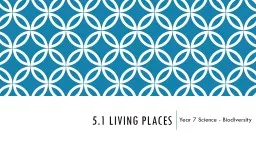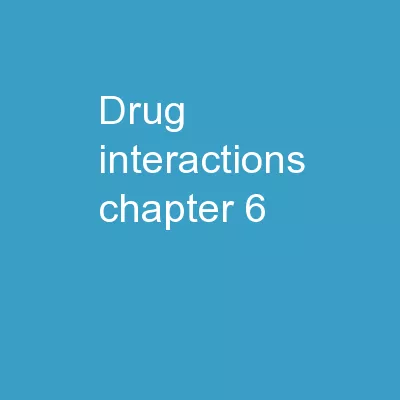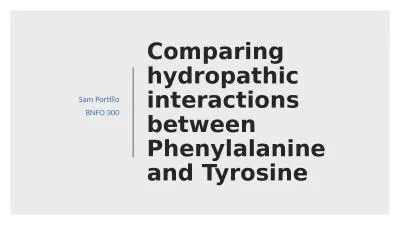PPT-Interactions among living things
Author : davis | Published Date : 2024-02-02
Roaches have been around since before dinosaurs The brain of a cockroach is inside its body If a roach loses its head it can still live for over a week eventually
Presentation Embed Code
Download Presentation
Download Presentation The PPT/PDF document "Interactions among living things" is the property of its rightful owner. Permission is granted to download and print the materials on this website for personal, non-commercial use only, and to display it on your personal computer provided you do not modify the materials and that you retain all copyright notices contained in the materials. By downloading content from our website, you accept the terms of this agreement.
Interactions among living things: Transcript
Download Rules Of Document
"Interactions among living things"The content belongs to its owner. You may download and print it for personal use, without modification, and keep all copyright notices. By downloading, you agree to these terms.
Related Documents

